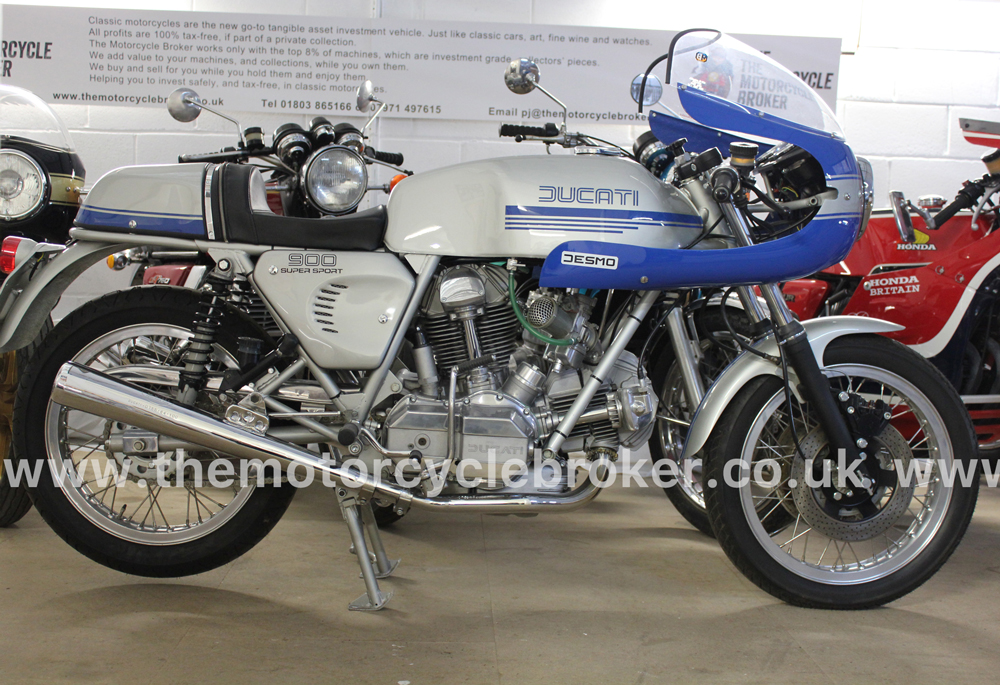
This 1976 Ducati 900SS restoration, by one of he biggest and best names in the industry, clearly demonstrates what an investment grade classic motorcycle is and is not. The motorcycle is highly original, looks fantastic and ticks so many boxes….until you investigate thoroughly. I did write this article about what is and isn’t investment grade, way back in 2014 and also in this article. Since then the wheel has turned, there are less and less machines around worth buying and we are having to buy other peoples restorations and re-restore them. There are just not enough investment grade classic motorcycles to buy and the amount of work required to get them up to spec increases more and more, which increases the cost of such motorcycles more and more. This article is for you to understand the amount of work you’ll probably be taking on when buying a restored classic motorcycle in today’s market. What we have here is absolutely typical, and less trouble, of all of these lovely looking restorations in the market- bar a very small handful of experts who operate at the top end of the market. There are no bargains, people understand what they have and if it’s worth owning they will want top dollar. This will explain why even when classic motorcycle restoration is handled by professionals, it may not always be the best value. It’s vital to understand what other restorations have been done and to what degree your classic motorcycle will be restored to.
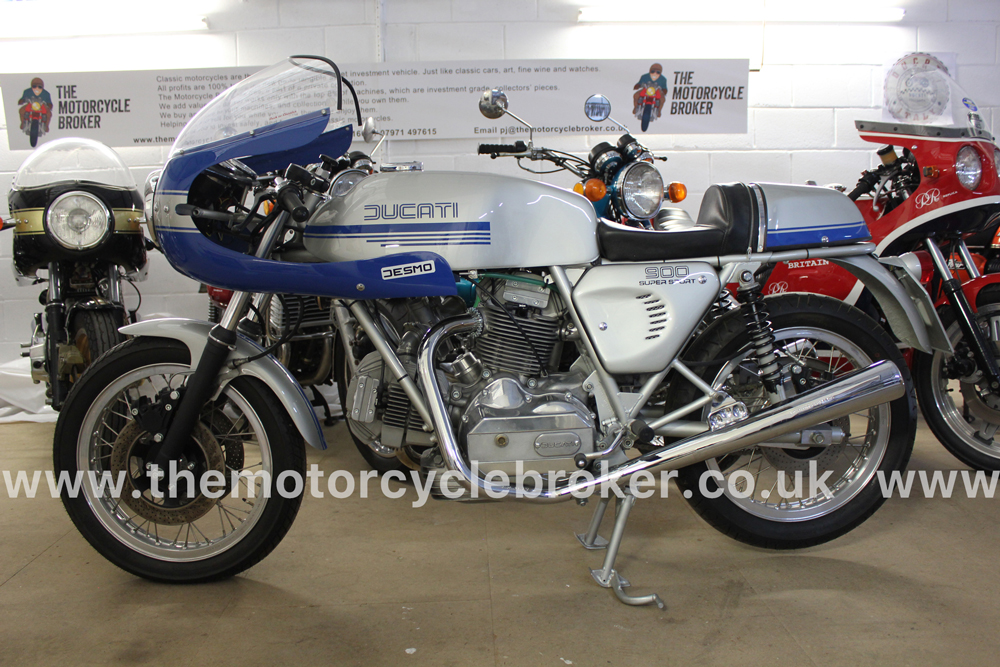
Buyers would flock to buy this motorcycle as is.
Buyers would flock to buy this motorcycle as is, whether it be in a motorcycle dealer or whether they were outbidding each other at auction. This type of example is what motorcycle traders and auction houses fight over, because it is totally correct, ticks loads of boxes and seems to be an investment grade classic motorcycle. In essence it is investment grade, but once you dig a little deeper, there’s a lot of very costly work to bring it up to scratch. This is why investment grade classic motorcycles come at such a high premium and there are no bargains out there. You get what you pay for. Restorations like this have been more and more common since about 2015 when the prices of these motorcycles started to really increase and availability of quality machines started to severely decrease. I don’t know whether it is because restoration businesses offered budget, good looking restoration services that just proved uneconomical to carry out the job properly in reality. It may have been that the customer was happy with a very expensive, pretty sculpture for their office and set a very tight budget. It is possible that the business saw they could make a great profit by not delivering what was paid for by the customer, but I think that’s unlikely. It could be a combination of all those factors plus more. The cost of buying a suitable restoration candidate and restoring is now many times more than the value of a properly restored example. This clearly indicates that prices for investment grade examples will clearly substantially increase in the coming years.
Each flaw always reveals further problems
Each flaw always reveals further problems, you have to ask yourself why was the job not done correctly in the first place? Every flaw you see will hide far more trouble than you can imagine, which is why the flaw is there. The blue stripes on the front mudguard were really badly placed, far worse than is visible in the photos. The reason was that they had incorrectly shaped the front mudguard and had drilled it and incorrectly fitted it. It wasn’t just a case of repainting it and putting the stripes on correctly, it meant completely re-working the front mudguard, which took a whole day of re-engineering, offering it up, putting in the front wheel and then more re-engineering. Then the job is done correctly and the paint scheme looks correct.

The brand new rear mudguard had cracked, apparently due to vibration. Upon closer inspection, having stripped it back to bare substrate and repaired the crack, we discovered that the radius of the mudguard was too large. The mudguard was always under too much stress and would always crack when the machine was run. Our only option was to take a mould from an original mudguard we had here and make a new item correctly. If the motorcycle was display only, no one would have noticed, but the moment the engine started the stress crack appeared.

to painting.
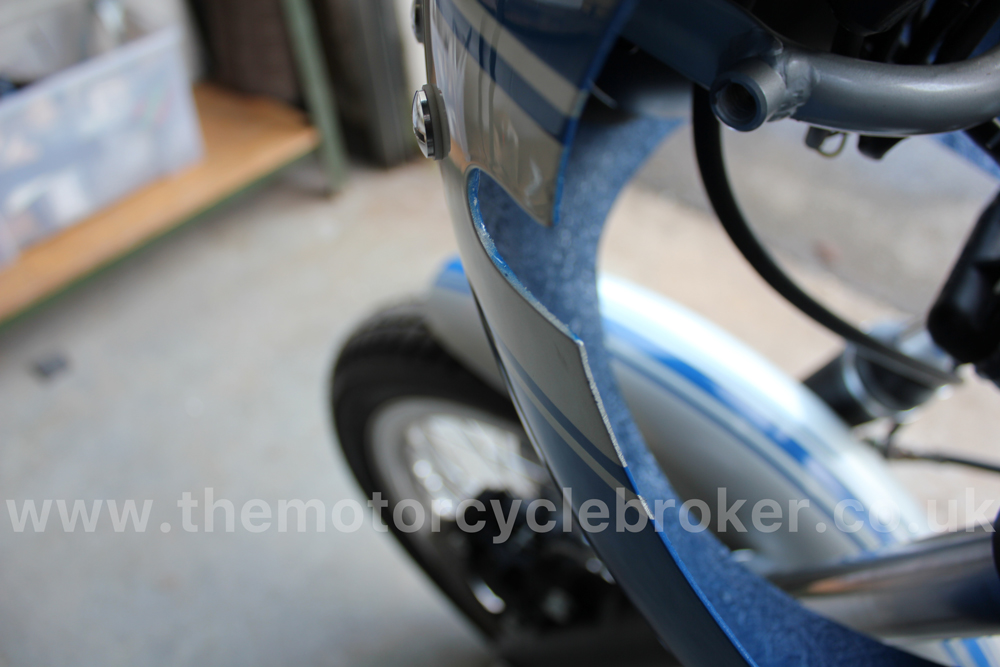
The inconsistent blue and silver paint around the indicator cut out on the fairing is indicative of further corner cutting. Prior to repainting the fairing we carefully checked the alignment. It was lower on one side than the other and the handlebars fouled the fairing when on full lock. We spent a further day hanging the fairing, handlebars, fairing mounts correctly so that nothing could foul and the machine sat correctly. Only then could we paint the fairing, so the machine, as it stood after its first restoration, was dealt with as if in a dry build state.
Frame paint failures
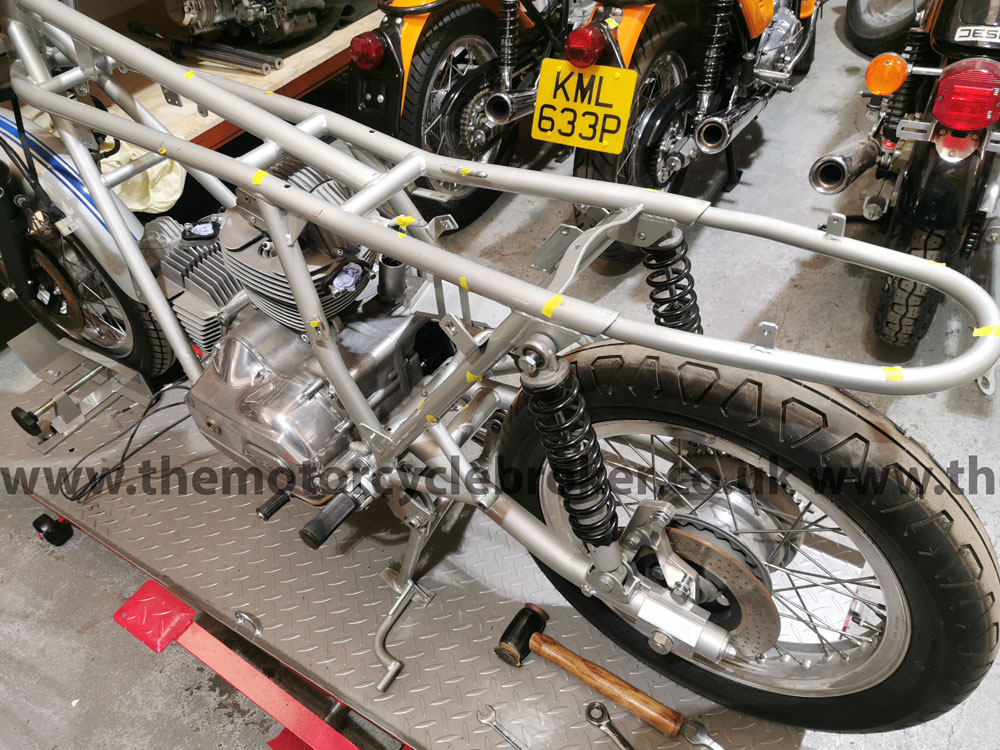
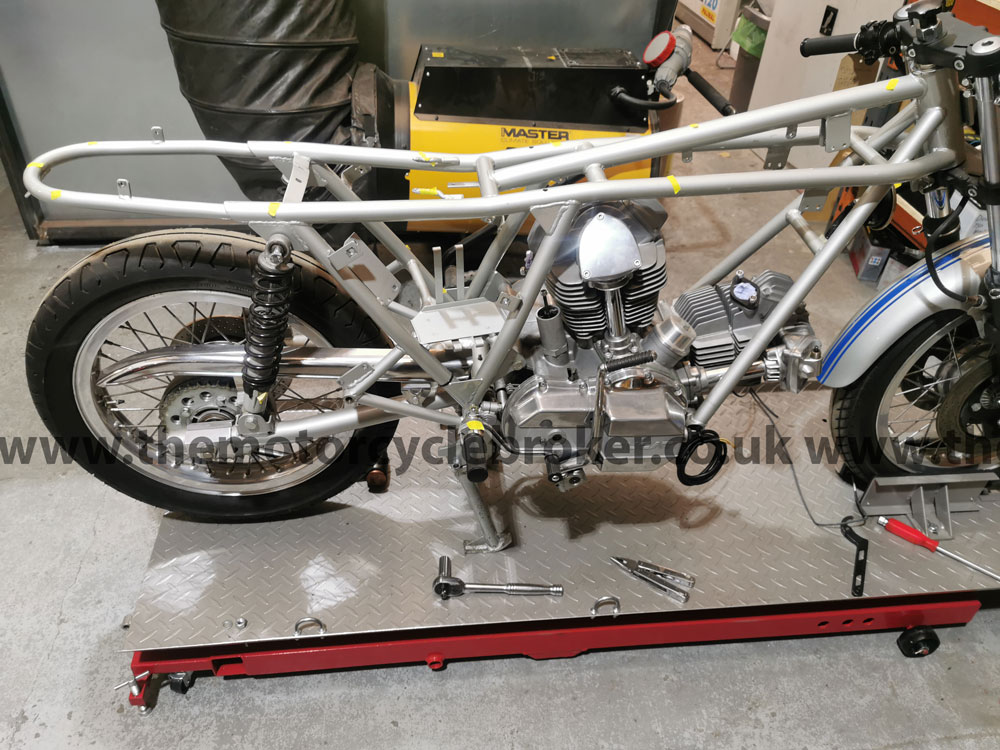
Once the bodywork is removed the amount of frame paint failure is only going to cause further severe paint failure when the motorcycle is ridden or just stored. Corrosion will eat into those paint flaws. These paint failings will result in corrosion which will rapidly cause even more paint failure and the machine will degrade very quickly in the damp UK climate. When the frame is looked at closely, such as when the new owner cleans the machine, the irregularities from previous corrosion were everywhere because the frame wasn’t dressed properly after blasting and during the preparation process. The previous painter had no idea about using a guide coat or how to dress bare metal to give an even finish. Ducati were not masters of paint by any stretch of the imagination, when the bike was new, but they at least dressed the bare metal frames. With this many blow ins to address there will be dry spots and over spray too severe to deal with. The most expedient and effective way to deal with the frame is to remove it, blast it to bare metal and respray it.
The motor
Like most restorations this motorcycle never ran and had no hope of running in its restored state when it arrived. After much investigation we realised that the carburettor internals were completely incorrect, the ignition timing was wildly out and they had not even bothered to machine the inlet manifolds to accept vacuum gauges.
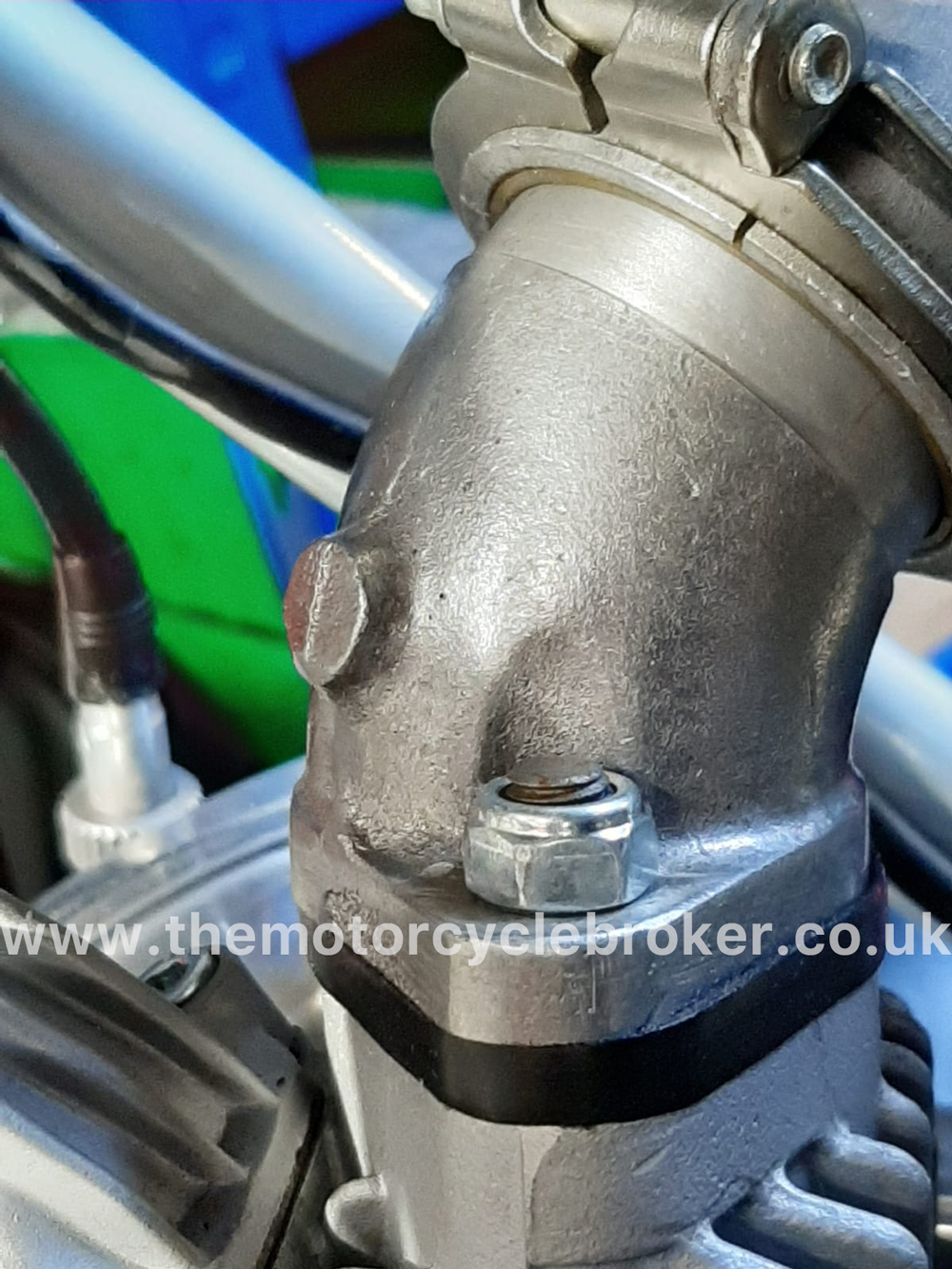
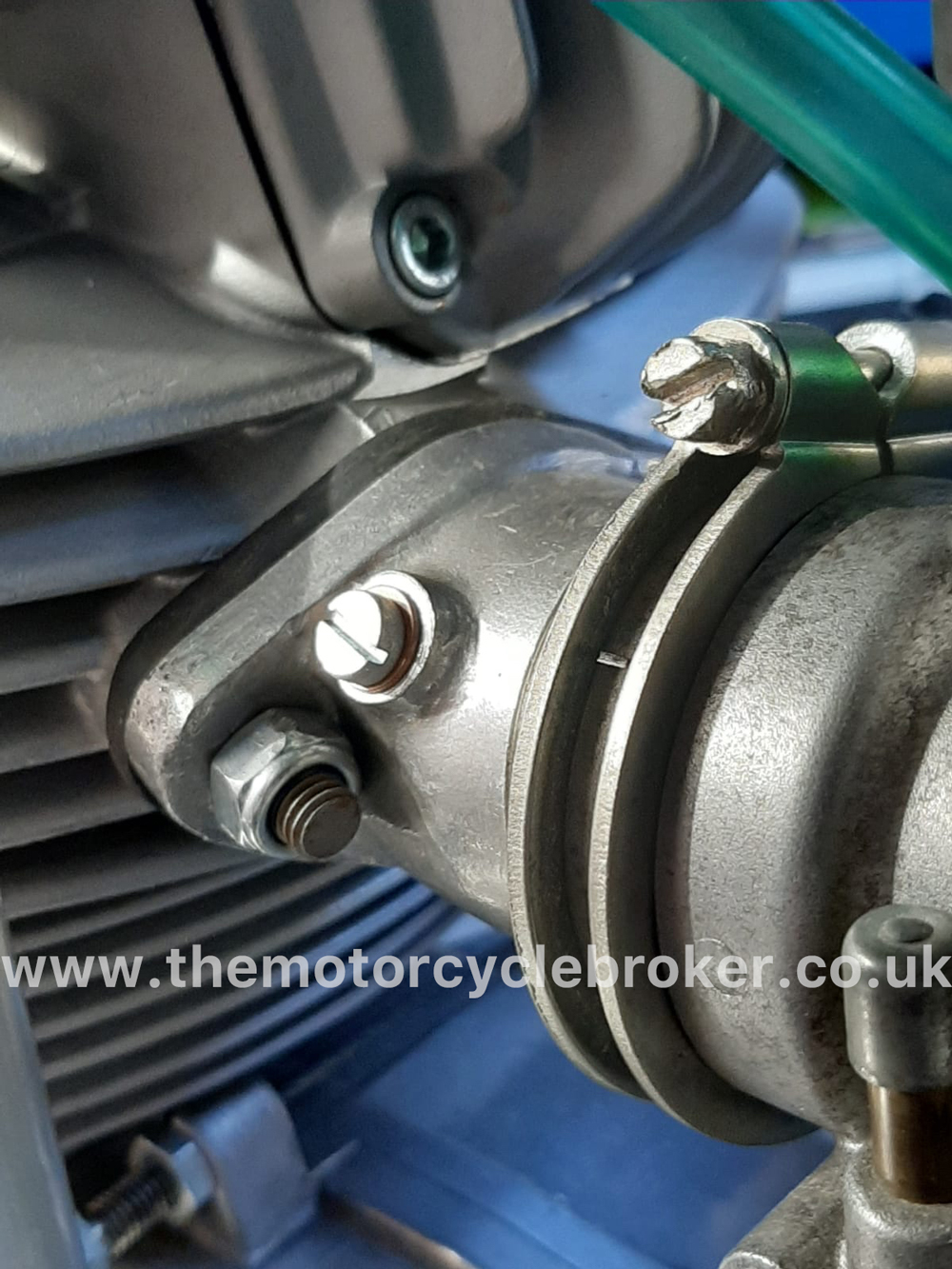
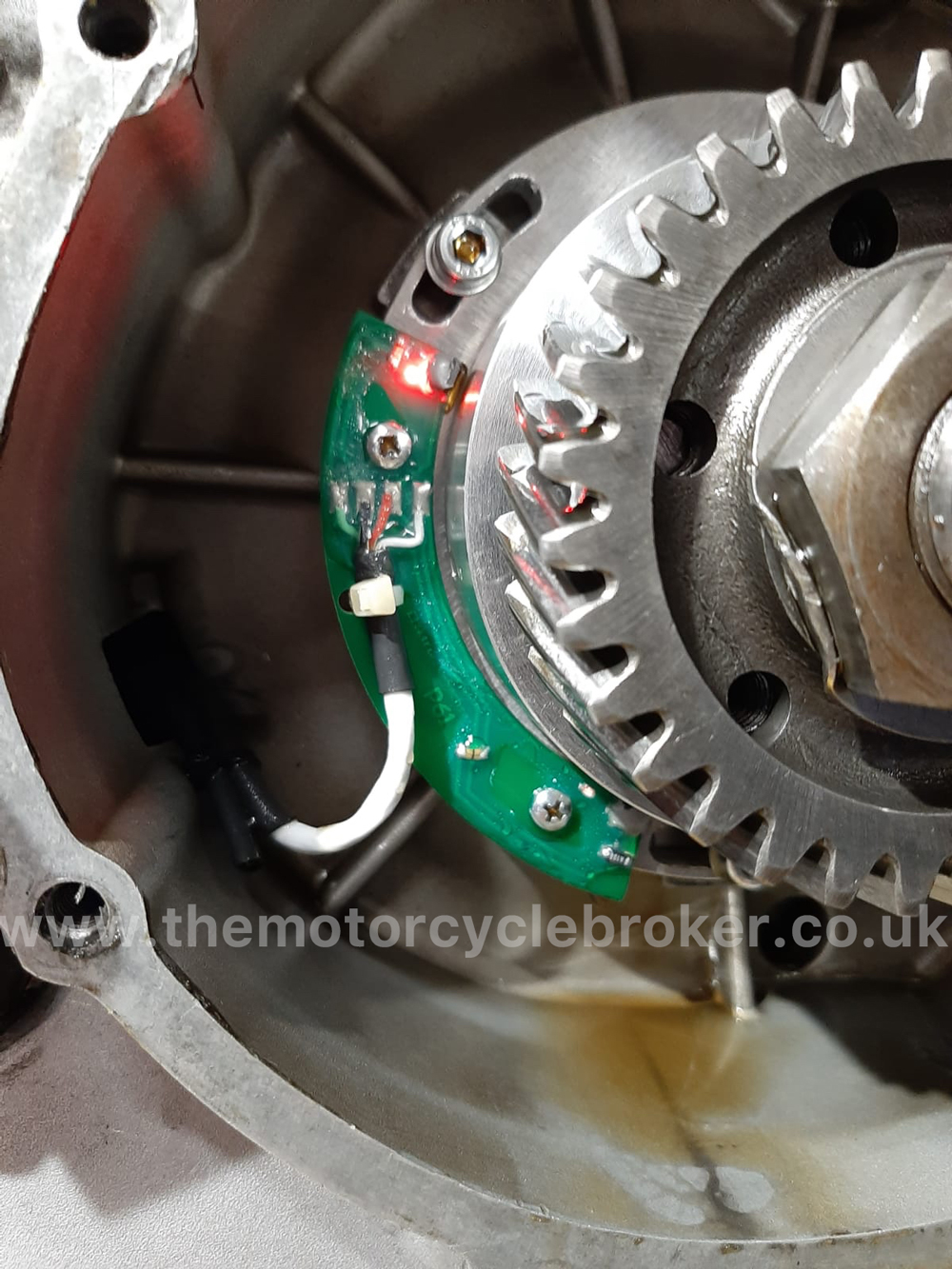
running, as well, so the entire ignition system was re-wired.
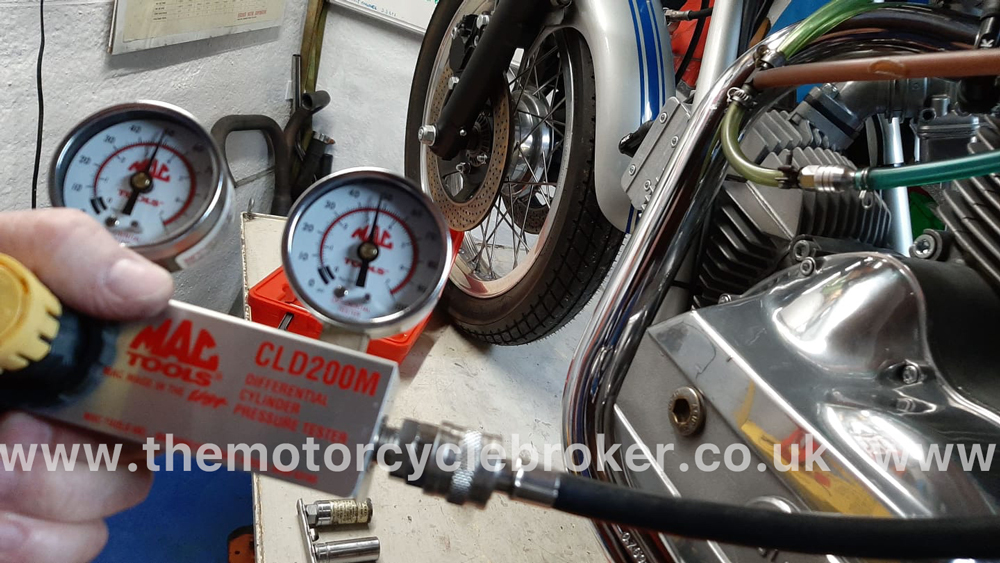
Having checked the carburettor internals, it was discovered they were from a completely different motorcycle and the machine would never have run. We ordered new slides and pretty much all new carburettor internals for both cylinders, had the slide correctly machined and prepared the motorcycle to run. We then discovered the wiring was completely wrong and the electronic ignition would never work, so we had to re-wire the electronic ignition completely. The ignition timing would never have allowed the motorcycle to start or run, so we re-set that. Valve clearances were all good, compression was all good, oil pressure was good and the machine started third kick and ran sweetly. It was now time to deal with the paintwork issues.
Repainting
Now that the motor was running well, we’d test ridden the motorcycle to reveal no problems that would require fabrication or further damage to the paint. We had completed what was the equivalent to a dry build with what was being touted as a fully restored motorcycle. With all the correct parts and everything on the wish list for a stunning 1976 Ducati 900SS, this motorcycle was far from being investment grade. The frame was removed and blasted back to bare metal. Many of the imperfections in the frame paint were from either clumsiness where the paint had been damaged, or from lack of preparation leaving large craters in the metal of the frame. These imperfections are only magnified when paint is applied.
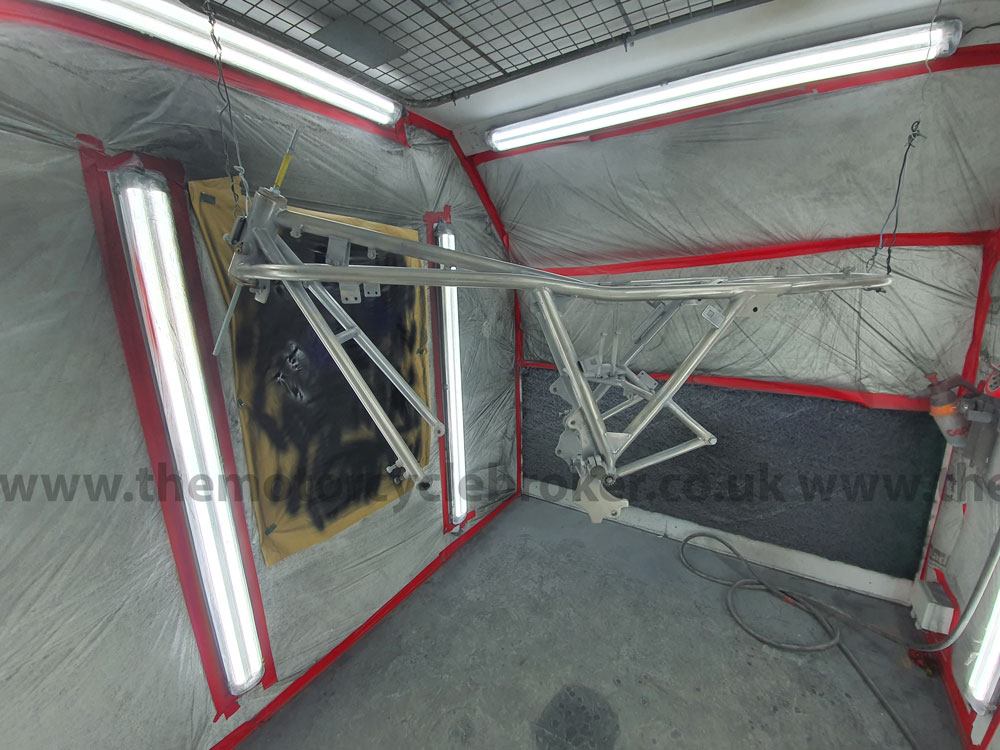
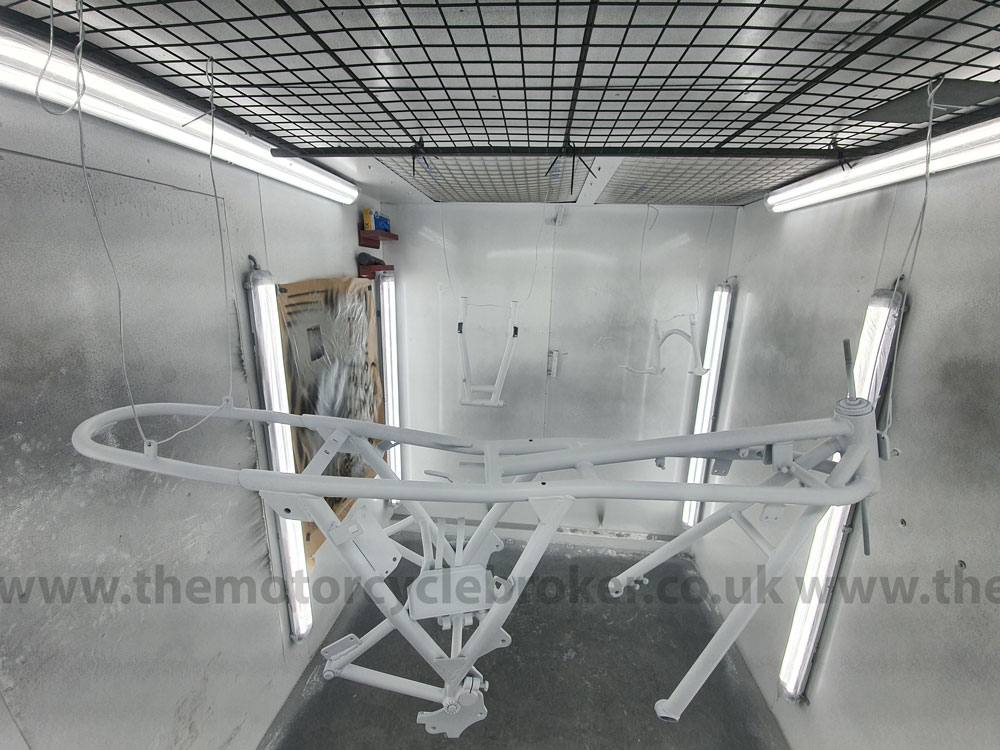
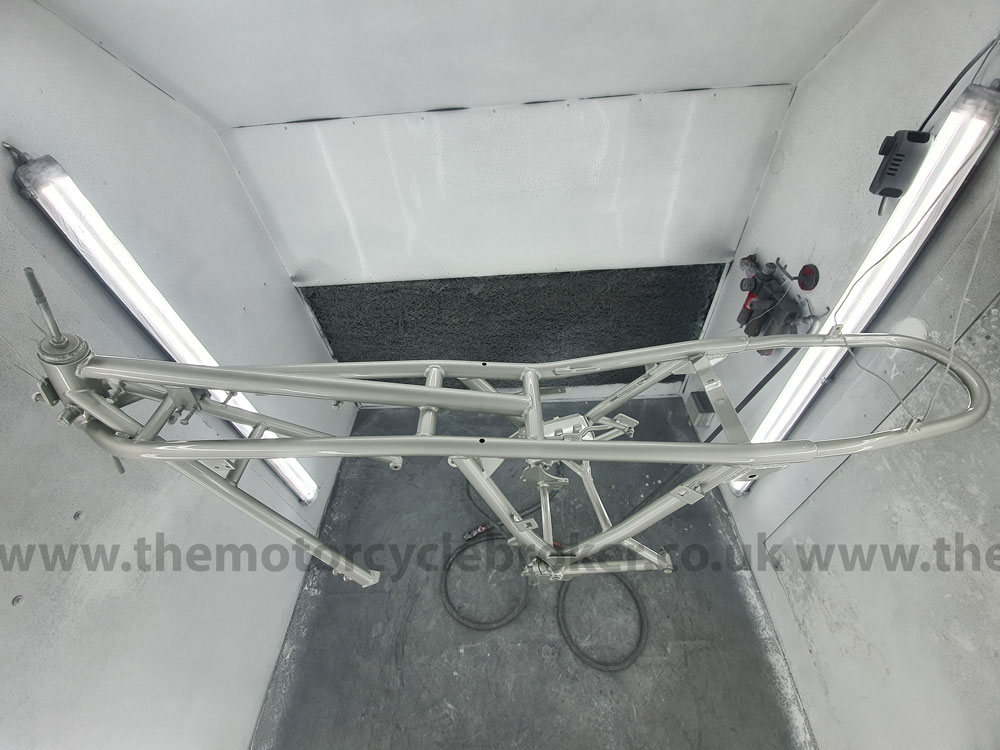
Once the painted frame has been baked and gassed off over a few days, it’s ready for a long polishing process to knock off the shine, yet maintain the correct, authentic level of orange peel finish. The end product looks like cellulose paint with a factory finish just as it did when it left the factory on a good day back in 1976. Now the motorcycle can be built up again very carefully.
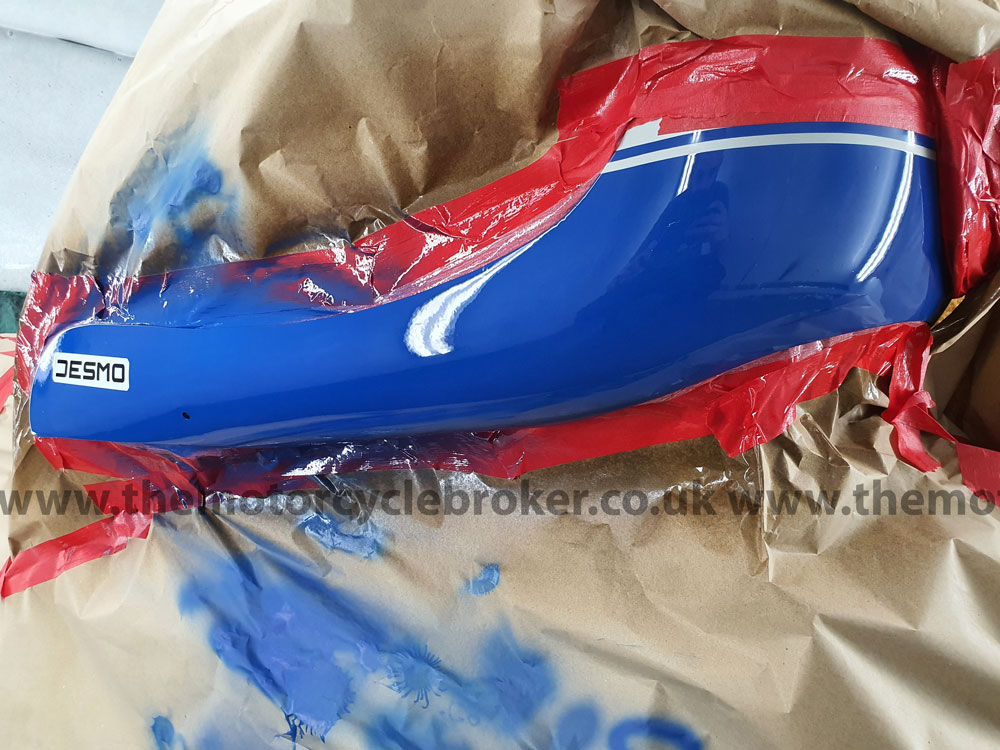
We had to repaint every part of the bodywork on the motorcycle, as there was poor quality paint everywhere.
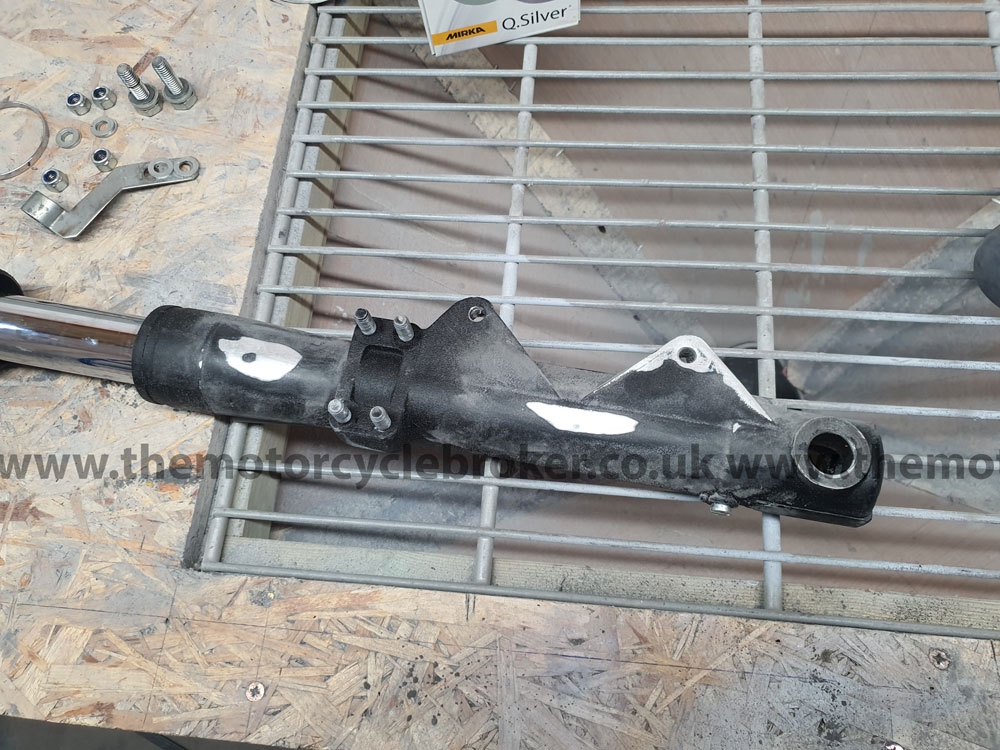
The reason that the front fork paint had failed was because the previous workshop that had restored the bike had not bothered to use an aluminium etch or primer. They had only sprayed a 2k paint on the forks which immediately de-laminated. We stripped them back to bare metal, etched, primed and then painted them.
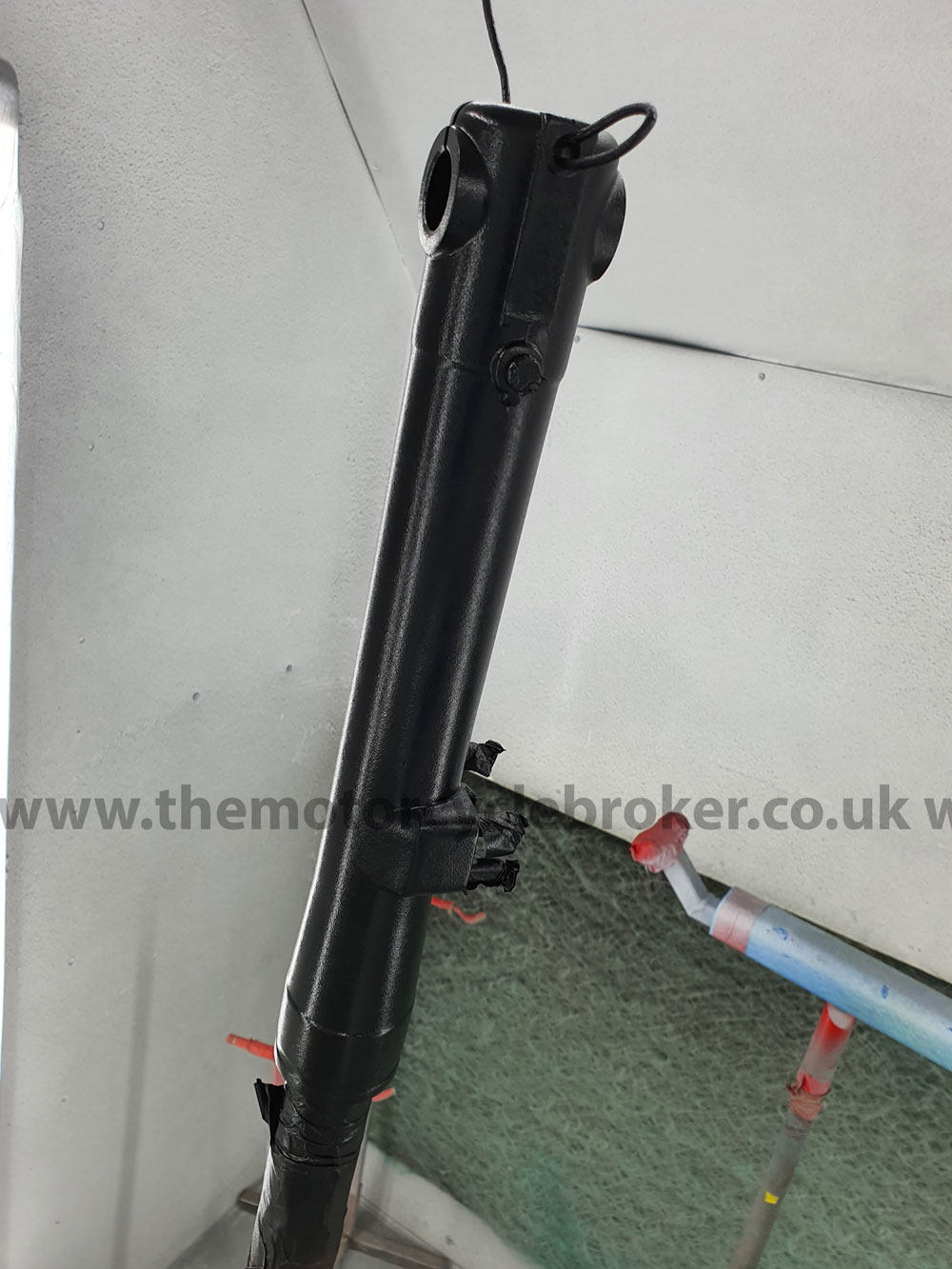
The new rear mudguard was made from fibreglass, drilled and fitted before painting. It fitted so much better than the poor replica and will never crack due to vibration.
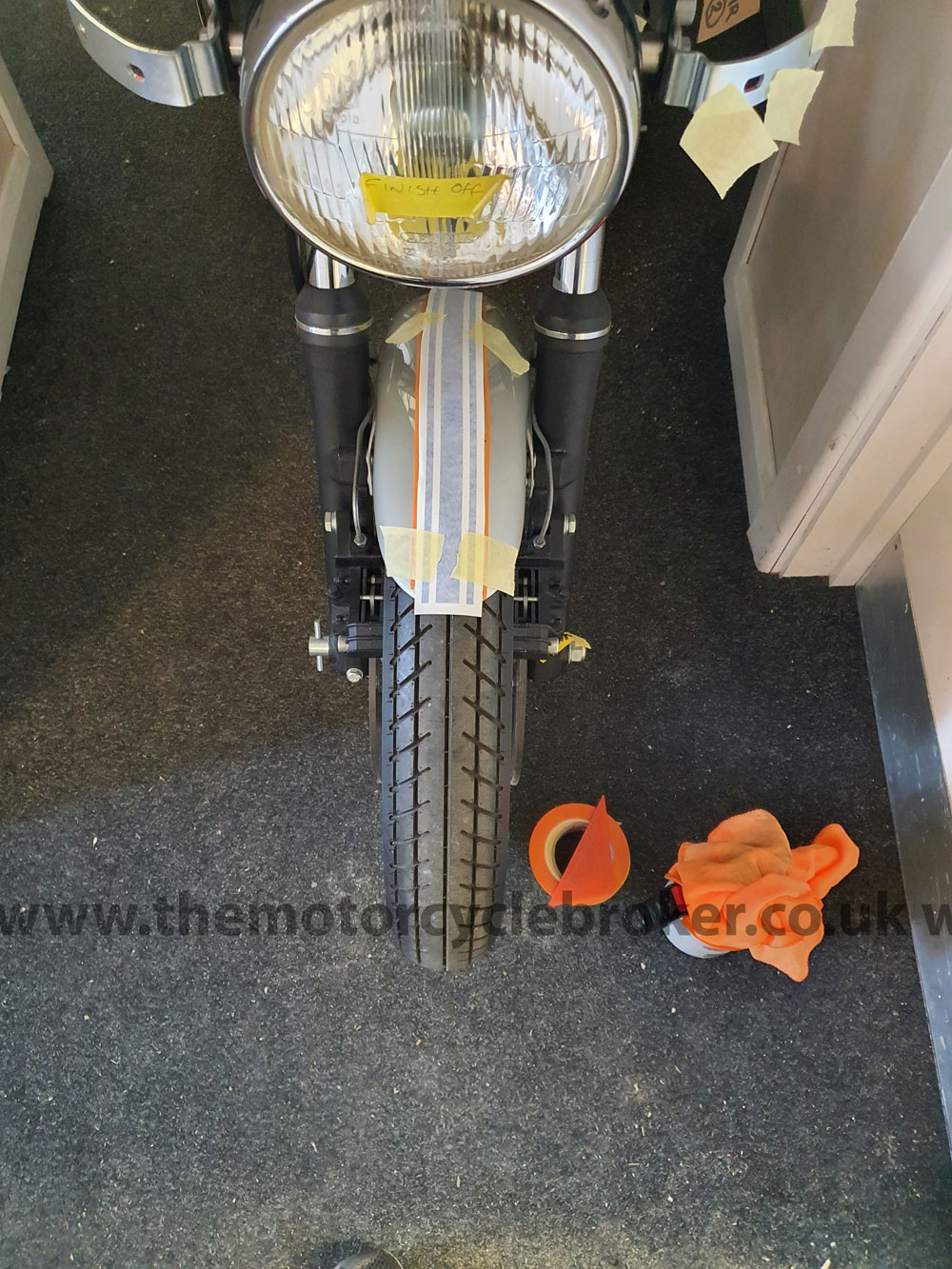
It’s not about it looking better or worse, it just looked wrong when it was wrong. The mudguard is then removed from the motorcycle and the stripes are fitted correctly before lacquer is applied.
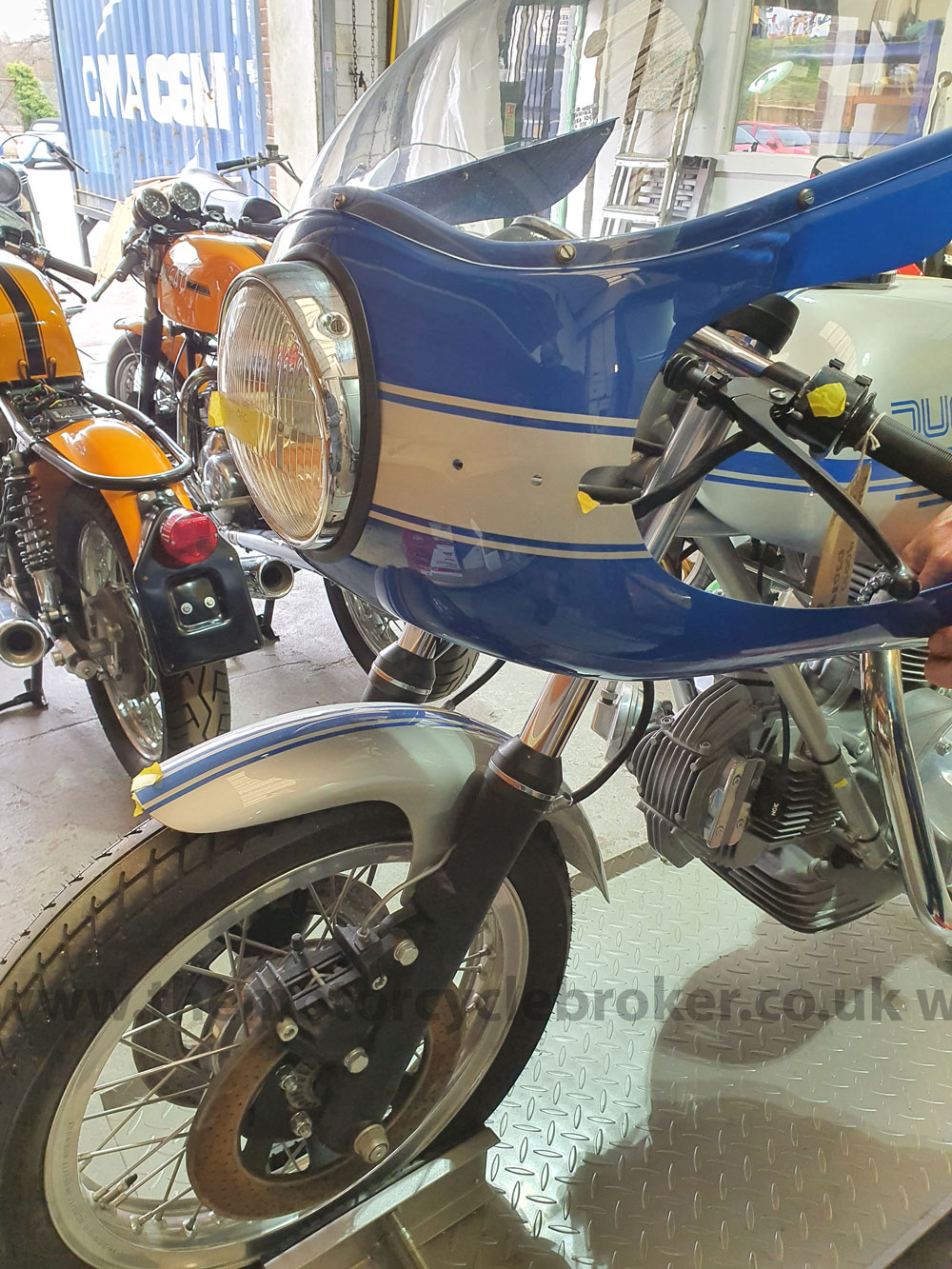
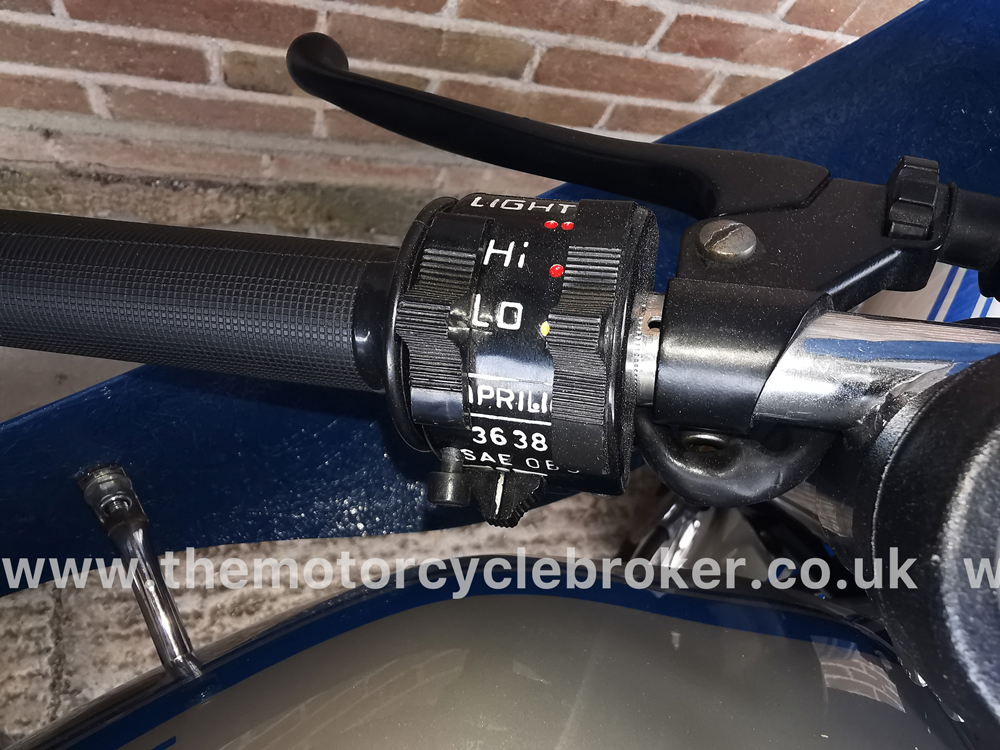
Wiring
Having already re-wired the complete ignition system to get the motorcycle running, we were not surprised to find that only the headlight would come on when switched to full beam and rear brake light remained on constantly. We went through the wiring and realised that the most expedient way to deal with the mess the electrics were isn was to undertake a complete re-wire, which we did. We managed to ensure all of the electrics, even down to the parking lights, worked as they should do.
Three classic motorcycle markets
There are clearly three classic motorcycle markets, as this article I wrote in June 2020 clearly demonstrates that there were two classic motorcycle markets. I go further into it in that article and it has become far more acute over the last year, so much so that now the market has divided into three. There is the market for machines that look great and are incorrect and they achieve eBay prices. There is now a middle part of the market, which is machines which are right in so many ways like this 1976 Ducati 900SS. Investment grade in terms of components, they look pretty and feel right. However they don’t run correctly, underneath the flaws are many more flaws that aren’t really on display and they are a great display motorcycle, like an office ornament or piece of sculpture. Then there is the investment grade classic motorcycle, like this 1976 Ducati 900SS is right now. I write more about the three classic motorcycle markets in this article here. This middle sector of the market, the beautiful looking, very original restoration with serious underlying problems, has become a very popular phenomena since about 2015, when prices started really rising and investment grade motorcycles became so much harder to find.

Investment grade 1976 Ducati 900SS
Investors want to ride their motorcycles to prove that they’re investment grade and to know that underneath the bodywork there are no horror shows. They have to have all the right components, the correct details, the correct finish and that original spirit. These motorcycles were reliable when they left the factory and it’s only cost and corner cutting that makes them temperamental today. Don’t believe the bad running being explained away by stale fuel. If you were selling a £10,000,000 Ferrari would you sell it running poorly with stale fuel, or would you buy it in that state? So why would anyone buy or sell an investment grade classic motorcycle with stale fuel and running poorly? Just don’t believe the excuses and walk away as there’s a reason they’ve chosen to sell it in that state. It’s very simple, when it comes to investment grade classic motorcycles there are no bargains because there’s no more secrets, only excuses.
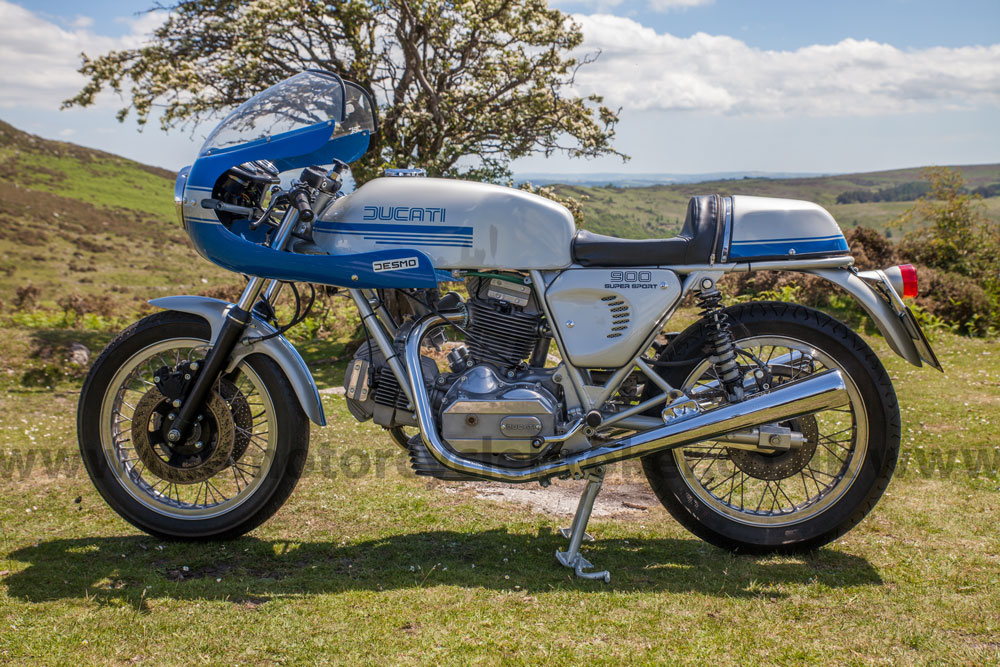
Investment grade classic motorcycles are perfect to ride

As one of the finest handling motorcycles from the 1970s era, the 1976 Ducati 900SS is a joy to own and ride and won’t be devalued by enjoying it with the throttle open, once the motor is nice and hot, and banking into the best curves you can possibly find. They are also incredibly fast and the sound is that of unparalleled, thunderous joy. You know you’re riding something special when you get on board one of these super-rare motorcycles. A motorcycle that is purely an office sculpture is worth far less than one which is like a new one from the factory when they were producing these machines. If a motorcycle doesn’t run there’s at least one very good reason why and it will be a very expensive reason. Quite often it’s myriad of reasons and each one is expensive. If you want us to source you an investment grade Ducati 900SS, or any other investment grade classic motorcycle, then call The Motorcycle Broker on 01803 865166, 07971 497615 or Email [email protected] for a free Zoom consultation.
- Most collectible Ducati 916 SP - June 20, 2024
- Classic Motorcycles: To ride or not to ride? - June 17, 2024
- Classic Motorcycles: To ride or not to ride? - June 17, 2024




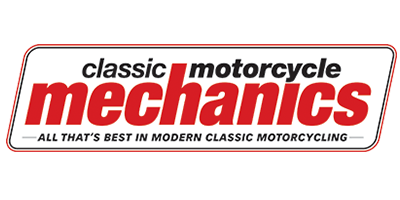



Leave a Reply